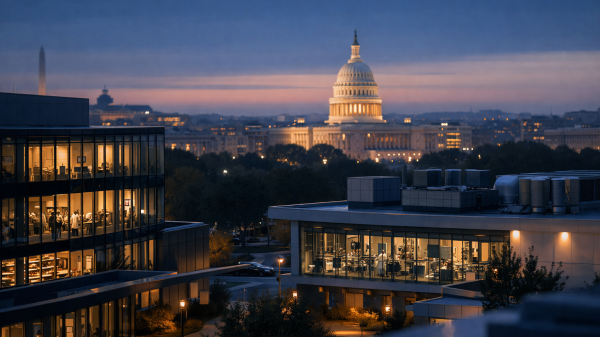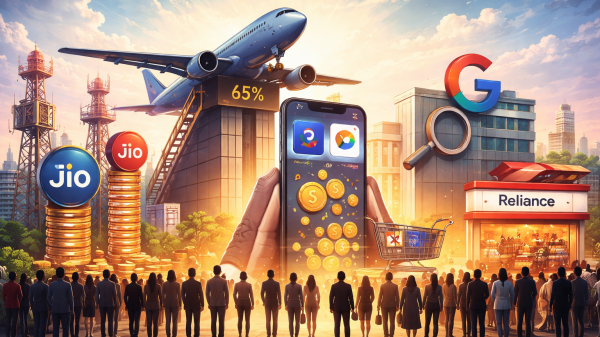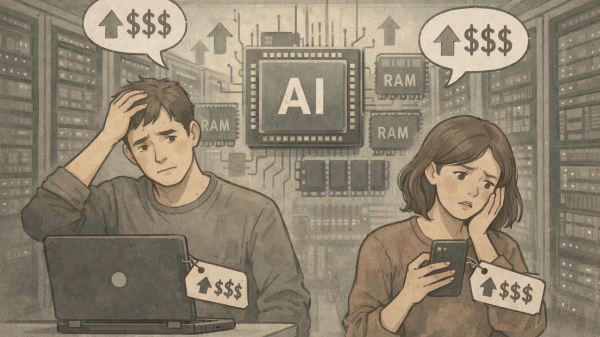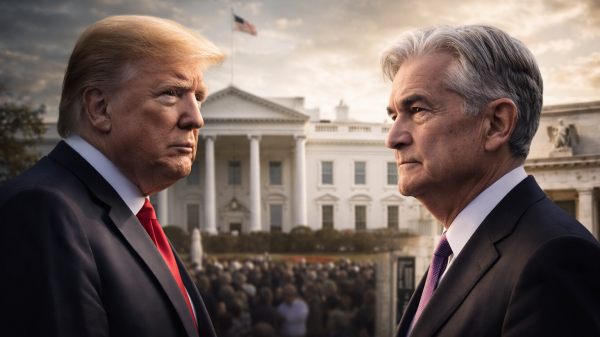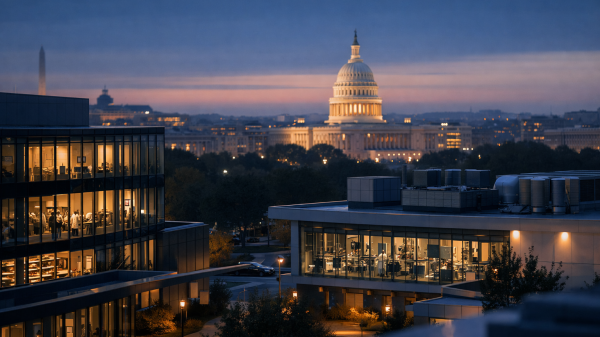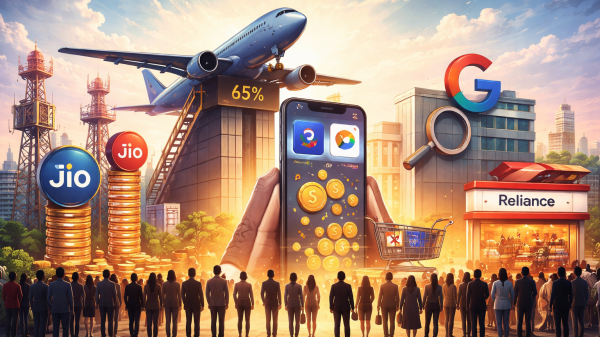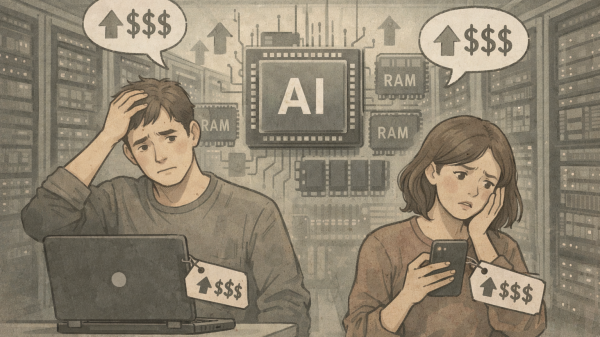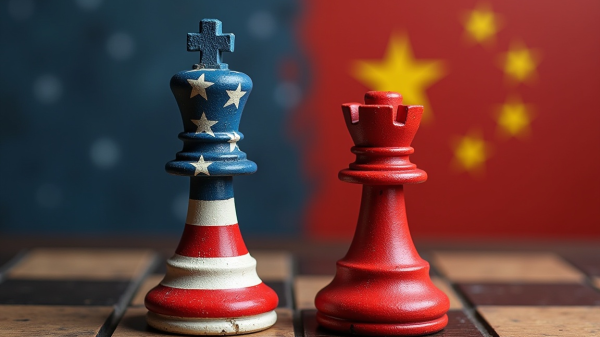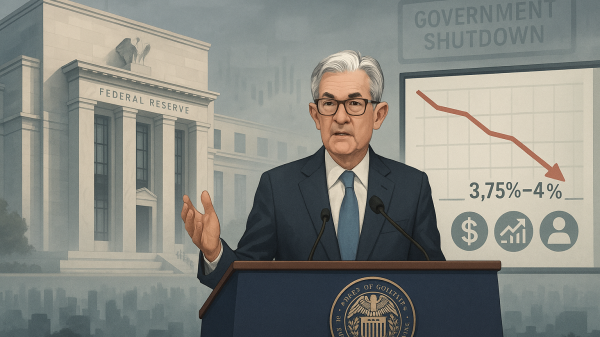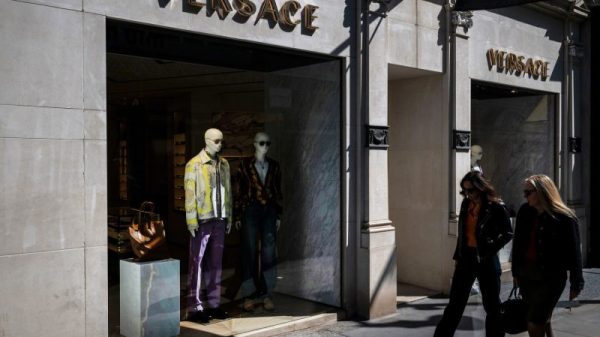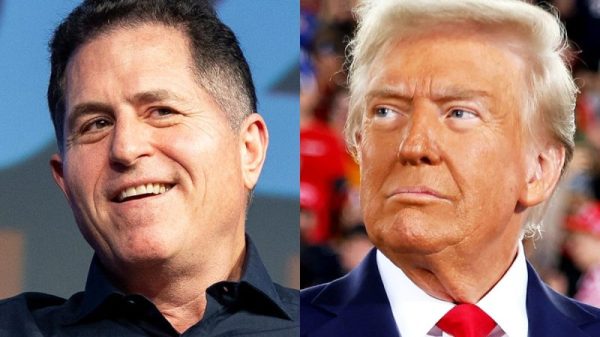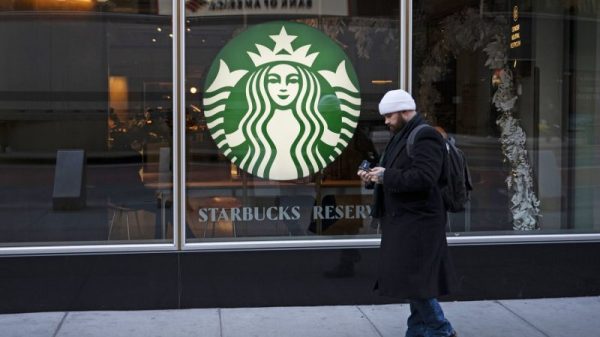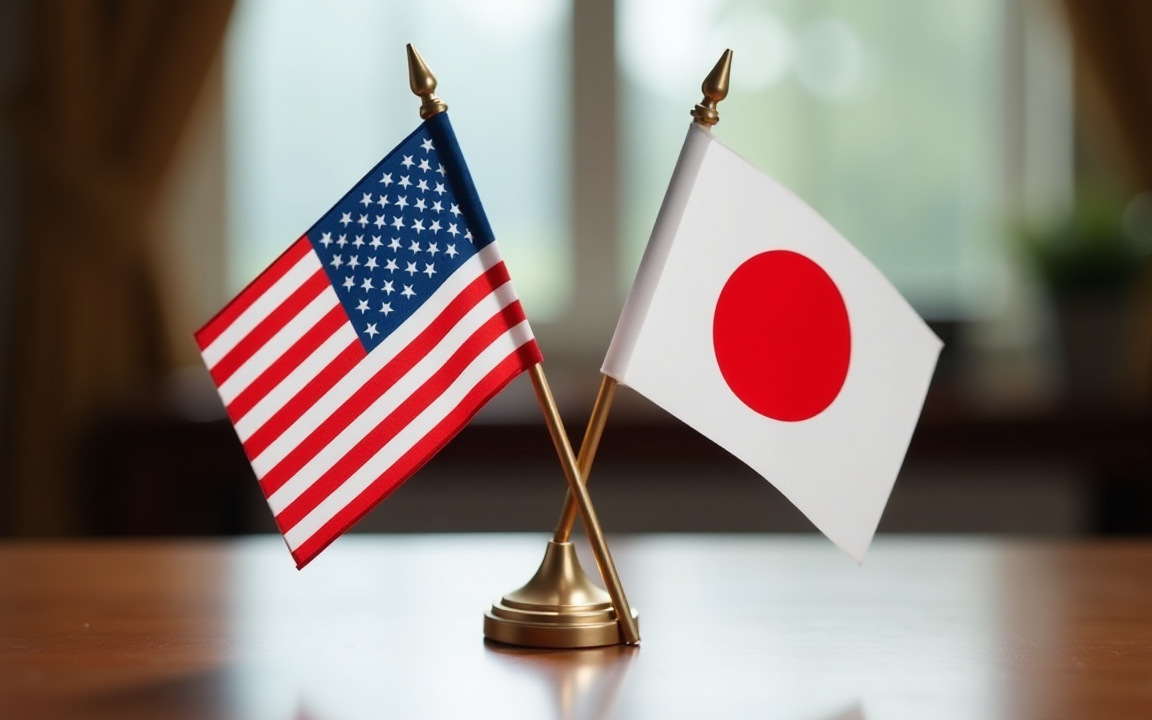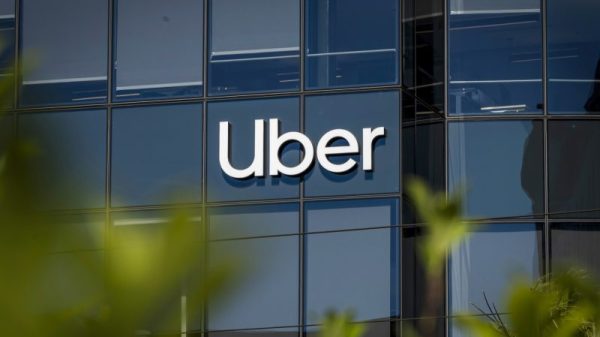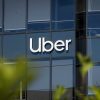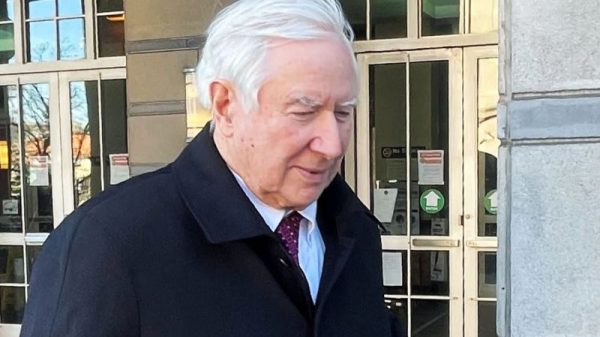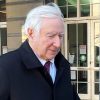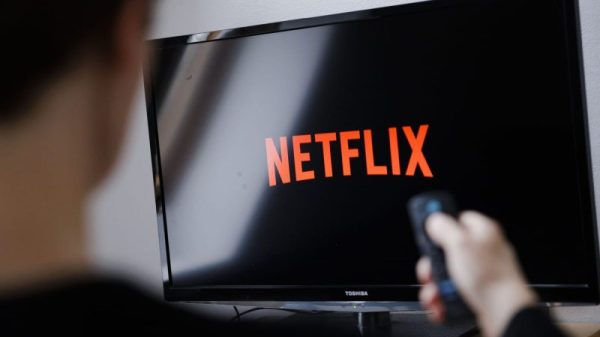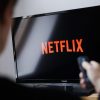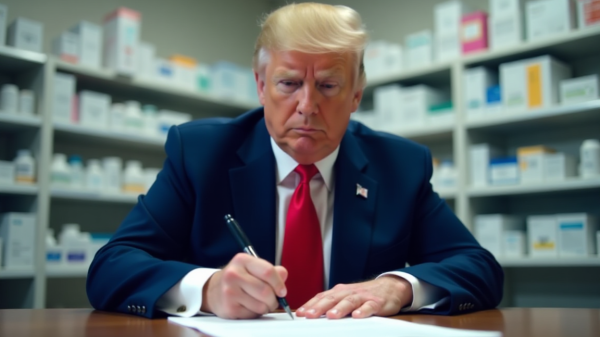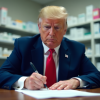The US and Japan have struck a major trade deal aimed at cooling tensions and avoiding a full-blown trade conflict.
Announced Tuesday evening by US President Trump, the agreement reduces the threatened 25% US tariff on Japanese exports to 15% and includes a headline $550 billion Japanese investment into American supply chains.
Treasury Secretary Scott Bessent spoke with Bloomberg and mentioned the factors that helped both nations finalize the trade deal after some tough negotiations.
“They got the 15% rate because they were willing to provide this innovative financing mechanism,” Bessent said while talking about specifics of the US-Japan trade deal.
“They came to us with the idea of a Japan-US partnership, where they are going to provide equity, credit guarantees, and funding for major projects in the US,” the Treasury Secretary added.
Japan is committing $550 billion to the US as part of the new trade deal, and the money will go toward strengthening American supply chains in areas like semiconductors, electric vehicles, energy, and artificial intelligence.
A large chunk of the investment will come through government-backed loans and guarantees. The rest is expected to come from Japan’s private sector, though final details haven’t been released.
Big relief from Japan’s auto sector
At the heart of the deal is Japan’s auto sector. Instead of the steeper 25% tariff that was set to take effect August 1, Japanese carmakers will face a 15% tariff, still significant, but far less damaging.
In a win for Japan, there will be no import caps on vehicles.
Tokyo also agreed to open its markets a bit more to American products, particularly automobiles and agriculture, though it will keep some restrictions on rice.
Japanese steel and aluminum, however, remain under a separate 25% tariff regime.
Trump took to Truth Social to celebrate, calling it “the largest Deal ever made,” predicting it would generate “hundreds of thousands of jobs” and claiming the US would get “90% of the profits.”
The specifics of how that profit split might work, though, are still unclear. The Japanese side has remained relatively quiet, with negotiators confirming the deal but offering few details so far.
For Japan, the agreement likely dodged a major economic blow. Economists had warned that the higher tariffs could knock off a full percentage point from its GDP.
The news sparked a rally in Japanese markets: Toyota and Honda shares jumped 10% and 9% respectively, and the Nikkei closed more than 2% higher.
The deal comes at a politically sensitive moment in Tokyo. Prime Minister Shigeru Ishiba, who took a hit in recent elections, is under increasing pressure to step down.
Reports in Japanese media suggest he may resign by the end of August, even as his government works to push domestic reforms alongside this new trade pact.
While the deal marks a cooling-off period in US-Japan trade tensions, there’s still some fine print to sort through, especially around the investment terms and agri-trade quotas.
Still, it’s being widely viewed as a meaningful step toward stabilizing relations and charting a new path for economic cooperation between the two allies.
The post What sealed the US-Japan trade deal? Here’s what Treasury secretary revealed appeared first on Invezz

